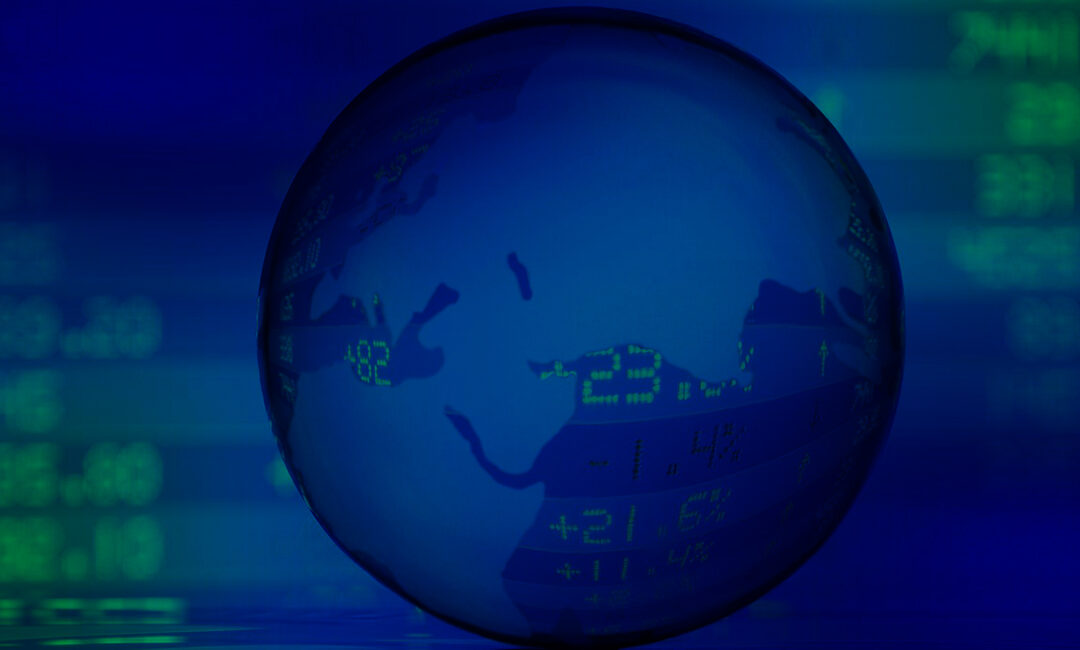
by Nicholas Mitsakos | Public Policy, Writing and Podcasts
Our political system is binary, and both sides are more extreme than reasonable. There seems little patience for the “reasonable middle” where ideas can be nuanced, refined, and complexity of public policy understood. Instead, our leaders are superficial and guide policy with slogans, not thought. People like AOC and Sanders are caricatures, influential yet ignorant and superficial, forming policies while clueless about what it takes to realistically solve even their most critical issues.
They have great ideas on how to distribute wealth but no ideas on how wealth is actually created. Their perspective is to take existing wealth and distribute it to others instead of developing an engine to help more people create wealth. An example of this kind of dysfunctional policy can be found in resource rich African nations. Instead of building industries using the abundant natural resources present as inputs generating real businesses, those resources are simply gathered and distributed – either to efficient businesses in other countries or among governmental cronies to their Swiss bank accounts. Either way, this attitude is disastrous for an economy ultimately. Wealth is created, and policies should free up the ability to create wealth within appropriate legal restrictions.

by Nicholas Mitsakos | Public Policy, Writing and Podcasts
Sometimes, things can change simply because we want things to change. People can feel differently and that can spark a cascade of cause and effect. For instance, sometimes a recession can start simply because people feel as if there is a recession. So, it becomes a downward spiral, and our actions start matching our thoughts and words, and suddenly we have caused recessionary activity. Then we enter a downward spiral that makes reality from our thoughts.
Some of the things that Pres. Biden has done right away were maneuvers to undo what seemed like harmful policies and actions. But also, it was intended to have us think differently. Right away, he did things to try to reconnect us with the rest of the world. For example, the United States is back in the Paris Accord, he is not going to build the wall, he is going to reconnect us with the WHO, and many other things. But right away, he is sending a message that the United States will become part of the world and that is likely to undo the fragmented and rudderless direction and create cascade of positive actions that lead in the same direction – one toward openness and connectivity. I sense we are going to reconnect a little bit more with China, reconnect more generally with the world through global trade and cooperation on climate change, and many other important topics. It’s suddenly uplifting for people to focus their energy, and thoughts lead to words lead to actions.

by Nicholas Mitsakos | Currency, Economy, Investment Principles, Investments, Public Policy, Trade, Writing and Podcasts
We are rapidly approaching a zero-interest rate world. Interest rates are being driven to zero (or below zero in many cases) as a first-line tool for central banks to generate economic activity in the face of the dramatic negative impact of the pandemic, as well as existing and lingering economic fallout. This toolbox will be empty soon, and the only remaining weapon will be fiscal policy. Among other things, fiscal policy and domestic financial markets will have an overwhelming influence on global currencies. Capital flows will dramatically impact currency volatility as capital moves to more attractive countries with more liquid and robust asset markets.

by Nicholas Mitsakos | Economy, Investment Principles, Public Policy, Writing and Podcasts
Defining and the problem precisely is the only way to solve anything, and, undoubtedly, the single greatest challenge to achieving anything. Otherwise, it is a waste of time and resources (which describes most public policy). All too often decision-makers waste time, resources, and make matters worse because they simply do not understand the actual problem they’re trying to solve. Very few problems are well-defined, and few people take the time and effort to understand what it is they are trying to solve. Motivation, energy, and focus on an outcome are inefficient, misguided, and dysfunctional. Good intentions do not effectively define any problem, and typically lead to very bad outcomes. Wanting to solve a big problem is fine, but not defining it accurately is inefficient at best, and most likely disastrous. It will never lead to a solution.
by Nicholas Mitsakos | Artificial Intelligence, Public Policy, Writing and Podcasts
Productivity, expansion, and entrepreneurship were enabled through the adoption of new technology. Undeniably, the net economic benefit was substantial. But lives were disrupted, jobs were lost, and what would be seen with a historical perspective as an obvious beneficial choice, was anything but obvious to those so immediately and negatively impacted. Technological advancements produce net benefits for society. But for every advancement, there is a cost. Leadership and subsequent public policy must address this shortfall. As in the past, the solution has been training and education leading to economic inclusion and prosperous lives. and subsequent public policy must address this shortfall. As in the past, the solution has been training and education leading to economic inclusion and prosperous lives. History has taught us the net benefit of technological advancement, the turmoil it brings, and the solution required.

by Nicholas Mitsakos | Economy, Investment Principles, Public Policy, Writing and Podcasts
The US economy is facing a transitory, but critical, credit emergency beyond the Fed’s normal scope. A new federal credit facility is needed to ensure that sound businesses and households have ready access to cash to get through this crisis. Global business needs a giant bridge loan to get through a tough few months, and governments may need to intervene to make it happen – led by the Fed. The credit markets need substantial additional liquidity, taxes need to be cut to get cash to companies, and banks need to lend and show patience

by Nicholas Mitsakos | Public Policy, Technology, Writing and Podcasts
Technological innovation ignites economic growth feeding further innovation. But, has our relentless progress irrevocably tipped the balance from a virtuous circle of innovation and growth to a downward spiral of disaster and decline? We’re going to continue to drive, fly, throw away plastic, and tear down the rainforest. If we aren’t going to solve the problems we’ve created by regulating ourselves, we’re probably going to have to use technology — whether that’s to save species, or human lives, or to make sure that certain plants or coral reefs survive climate change. We don’t know the consequences of these future actions.

by Nicholas Mitsakos | Economy, Investment Principles, Public Policy, Writing and Podcasts
While the current trade war commands our immediate attention and thoughts about its impact on the global economy, there are deeper and perhaps more troubling issues regarding globalization and its future.







